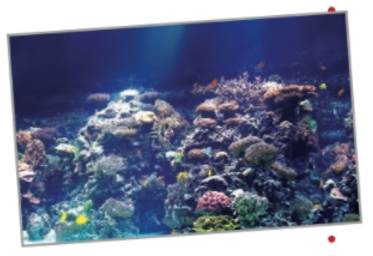
Concept explainers
Ocean Floor
A team of oceanographers is mapping the ocean floor to assist in the recovery of a sunken ship. Using sonar, they develop the model
where D is the depth in meters, and x and y are the distances in kilometers.
(a) Use a computer algebra system to graph D.
(b) Because the graph in part (a) is showing depth, it is not a map of the ocean floor. How could the model be changed so that the graph of the ocean floor could be obtained?
(c) What is the depth of the ship if it is located at the coordinates
(d) Determine the steepness of the ocean floor in the positive
x-direction from the position of the ship.
(e) Determine the steepness of the ocean floor in the positive y-direction from the position of the ship.
(f) Determine the direction of the greatest rate of change of depth from the position of the ship.

Want to see the full answer?
Check out a sample textbook solution
Chapter 13 Solutions
EBK CALCULUS
- Find the exact area inside r=2sin(2\theta ) and outside r=\sqrt(3)arrow_forwardA 20 foot ladder rests on level ground; its head (top) is against a vertical wall. The bottom of the ladder begins by being 12 feet from the wall but begins moving away at the rate of 0.1 feet per second. At what rate is the top of the ladder slipping down the wall? You may use a calculator.arrow_forwardExplain the focus and reasons for establishment of 12.4.1(root test) and 12.4.2(ratio test)arrow_forward
- Use 12.4.2 to determine whether the infinite series on the right side of equation 12.6.5, 12.6.6 and 12.6.7 converges for every real number x.arrow_forwarduse Cauchy Mean-Value Theorem to derive Corollary 12.6.2, and then derive 12.6.3arrow_forwardExplain the focus and reasons for establishment of 12.5.4arrow_forward
- Algebra & Trigonometry with Analytic GeometryAlgebraISBN:9781133382119Author:SwokowskiPublisher:Cengage
